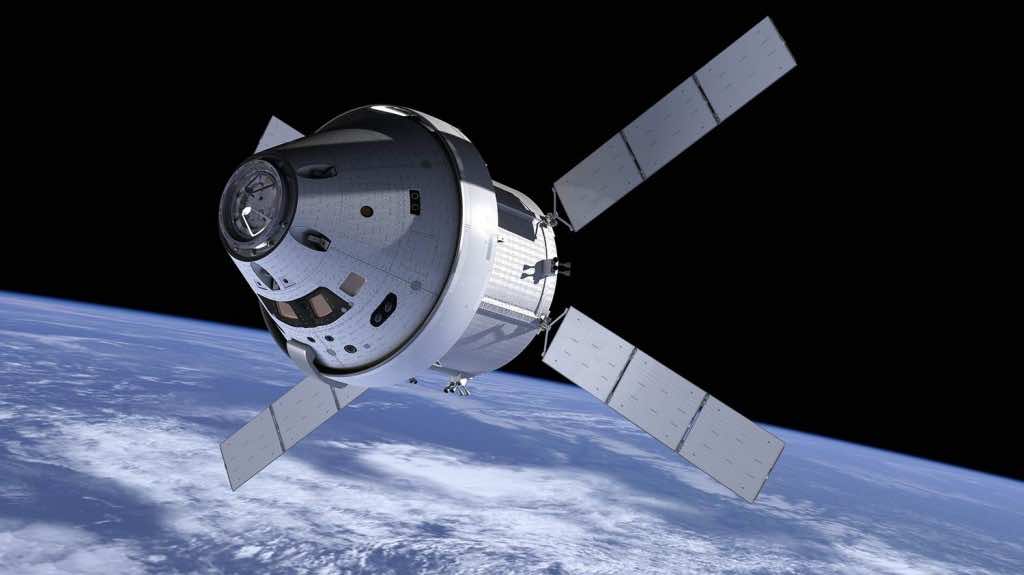Good news for those who are planning to move to Mars; NASA’s Orion spacecraft will be taking its first flight in December this year and therefore, we are witnessing a lot of work going on at Kennedy Space Center in Florida owned by NASA. The final assembly for the spacecraft has started with engineers working tirelessly and compiling the three crucial elements of Orion; crew module, service module and launch abort system. These elements need to be joined together in the proper configuration, their connections made and tested before the final flight day arrives.
NASA’s Orion Program manager, Mark Geyer, said; ‘Now that we’re getting so close to launch, the spacecraft completion work is visible every day. Orion’s flight test will provide us with important data that will help us test out systems and further refine the design so we can safely send humans far into the solar system to uncover new scientific discoveries on future missions.’
The crew module has already been installed and now the engineering team will secure it and provide the required power connections to the service module during the coming week. Once that has been achieved and the bolts and fluid connectors are screwed and operational, the spacecraft will be subjected to tests related to electrical, avionics and radio communication. The module placement is being carried out at the Final Assembly and System Testing (FAST) Cell in the Operations and Checkout Facility at Kennedy.
Once the testing is complete, the next phase will be to integrate this spacecraft to the United Launch Alliance Delta IV Heavy rocket, which will be powering the mission. The flight will take Orion to about 3,600 miles above Earth, a 4.5 hour unmanned mission will be carried out to determine what more is needed in order to progress the human missions to Mars. The Orion, after completing two orbits, will re-enter Earth’s atmosphere at a shattering speed of 20,000 Mph before it slows down thanks to its parachute system and will land in the Pacific Ocean.
This test flight will provide important data for the Space Launch System (SLS), also a program of NASA. NASA’s Marshall Space Flight Center in Huntsville, Alabama had its engineers develop a particular adapter to connect Orion to the Delta IV Heavy Rocket.
How feasible this whole plan is and what changes NASA needs to make to its policy is something that still remains to be seen. Check out the youtube video below for more details:

